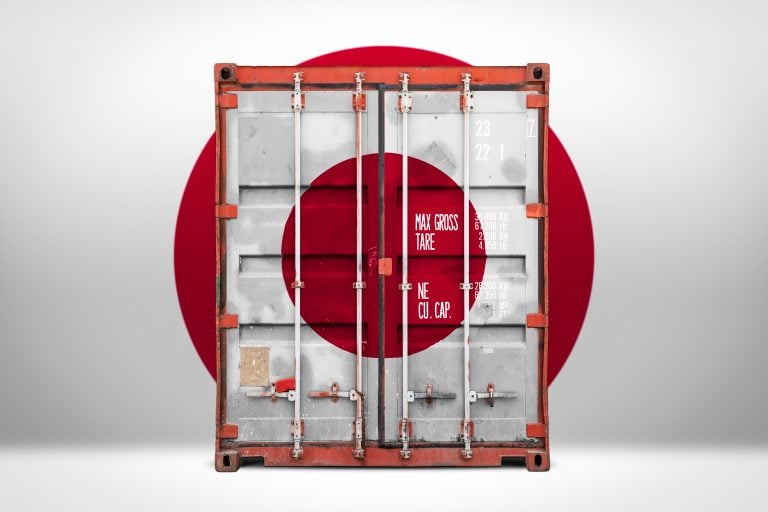Cardiovascular diseases (CVDs) are the leading cause of death globally, taking an estimated 17.9 million lives worldwide each year.
In the US alone, heart disease kills one person every 34 seconds, costing the health care system more than US$216 billion per year.
That’s a huge addressable market for biotechs like ASX-listed Artrya (ASX:AYA), a company that’s applying its artificial intelligence technology to improve the diagnosis of coronary heart disease.
“It’s a massive problem. And nothing has really changed in the management of coronary artery disease in about 50 years,” said Artrya CEO, Mathew Regan, who started his role at the company in April.
Artrya’s flagship product, the Salix Coronary Anatomy (SCA), is a breakthrough technology that can detect vulnerable plaque biomarkers from a CCTA (Coronary CT Angiography) within minutes.
A vulnerable plaque is essentially a soft plaque that ruptures and causes clots to block arteries. The plaque is particularly unstable, and prone to produce sudden major problems such as a heart attack or stroke.
“We focus on those vulnerable plaques because they’re the leading cause of heart attacks,” Regan explained to Stockhead.
“We’ve developed a cloud-based AI system, which takes in the CCTAs and sends them to our cloud system. Our first product, Salix, is really about displaying those vulnerable plaques in a comprehensive 3D model.”
Results in 10-15 minutes
The SCA platform is used in emergency situations, or where there is a CCTA machine like imaging centres.
Patients who use the product range from those who turn up at one of these centres with chest pain, to those who were referred by doctors.
“Because the SCA gives such a granular, clear 3D picture of where the issues are outside of just the typical narrowing of the artery, it gives the opportunity for the clinician to say ‘you’re fine’ or ‘hang on, we need to sit down and do something different here’,” explained Regan.
“It’s a technology they they haven’t had before.”
Another big differentiating factor between the SCA and competing products, such as one offered by Cleerly Health, is that diagnosis processed by Artrya is much faster.
“Cleerly for example would take the same CCTA scan and push that into their cloud product, but then they have a team of specialists sitting in a lab or a room somewhere,” Regan said.
“Their report would then go back to the cardiologists, and that could take between 24 and 48 hours.
“With our Salix product, we would take that same scan, our AI does that function, and turns the results around between 10 to 15 minutes, depending on the complexity of the case.
“We’re utilising what’s called point-of-care, so we’re able to give it back to the clinician there and then, before that patient even leaves the room.”
FDA looms as major catalyst for Arytrya
The SCA has been approved by the TGA in Australia, Medsafe in NZ, UKCA in the UK, and a CE Mark in the EU.
In the UK, the company has a four-year contract in place to supply 1,250 National Health Service (NHS) Trust Hospitals with the product.
But for Artrya, it’s the huge US market that its eyes are firmly set on. The US is not only the biggest potential market, but at the moment, it only represents a third of the overall global market.
Driving further potential demand in the country is the fact that CCTA scans are defined as the gold standard for assessing coronary artery disease.
In total, the US do around 4.4 million of these CCTA scans every year. About 40% of the people who took the scans are fine, but 60% are not, which gives Artrya a huge opportunity.
Currently, Cleerly Health is the leading US company in conducting the vulnerable plaque tests, and a Medicare CPT rebate code has been set up for the test, which is around US$900-$1,000.
“So 60% of those scans potentially attract the US$900 rebate for our SCA product that’s currently being looked at by the US FDA,” says Regan.
In May this year, Artrya lodged a Q-Submission (Q-Sub) with the FDA.
A Q-Sub is a key enabling step in the US regulatory process. It’s a pre-submission program where submitters can request feedback in writing, or during a meeting with the FDA.
In June, Artrya said it conducted a successful Q-Sub meeting with the FDA, which provided clear direction for the product’s 510k submission.
Artrya now expects the final 510k pre-market application to be submitted to the FDA in March 2024, with the final 510k clearance subject to FDA final review and approval.
“The Q-Sub meeting essentially lays out a roadmap of thresholds, achievable protocols, and what you will get if you do all these things,” said Regan.
“The FDA won’t say they’ll accept it, but it goes a long way to accepting it.”
During the Q-Sub meeting, Artrya had asked the FDA if the company could use Cleerly as a predicate for its submission, but by using the point-of-care approach.
“The FDA accepted that, and that’s a big huge tick for us because it’s now minuted with the FDA that they’ve agreed to it.
“So now, as long as we jump through the right hoops, and we do the right studies, the expectation is we should get through the FDA 510k application, which should be around late March.”
Regan says the company has enough cash right now to get through and beyond an FDA approval.
“We’re at the point where every time I demonstrate the software, it’s usable, it’s commercial, it’s ready. People love it.
“I also believe that we’ve de-risked the FDA approach quite a lot with the Q-Sub, and also with bringing in external expertise that has been through the FDA process numerous times before.
“And we’re also de-risking by looking at commercialising the product where we already have regulatory approvals,” said Regan.
Artrya share price today:
Other ASX stocks in the cardio diseases space
EBR has a wireless solution for heart failure patients called WISE.
The “leadless” pacemaker system is the only wireless device small enough to stimulate the left side of the heart and therefore deliver CRT (Cardiac Resynchronisation Therapy).
EBR says the fact that it’s wireless means it can eliminate lead complications such as placement difficulty, blood clots, unintended nerve stimulation, dislodgement, extraction and repositioning.
Imricor Medical Systems (ASX:IMR)
Imricor has the world’s first and only commercially available MRI (magnetic resonance imaging)-compatible cardiac ablation catheter.
Catheter ablation is a procedure used to remove or terminate a faulty electrical pathway from sections of the heart.
Imricor’s device has dozens of global patents, and the company partners with GE HealthCare for heart ablation procedures.
The company provides solutions to the challenges facing heart surgeons.
In 2021, the company announced that it has implanted five TAVR (Transcatheter aortic valve replacement) patients in a first-in-human study to assess its DurAVR THV system.
Anteris’ DurAVR THV system is used to treat severe aortic stenosis (narrowing of the valve in the large blood vessel). It’s also said to create a wider valve opening and better blood flow, and also requires fewer stitches.
The Ultrasonic Cardiac Output Monitor (USCOM) is a non-invasive, quantitative method for measuring and monitoring cardiovascular haemodynamic parameters in patients.
The company has been granted two Chinese patents for this cardiac output monitoring technology.
The device uses advanced Doppler hemodynamics to monitor cardiac blood flow.
The post FDA submission looms as Artrya’s AI platform aims to capture the huge cardio diseases market appeared first on Stockhead.





















+ There are no comments
Add yours